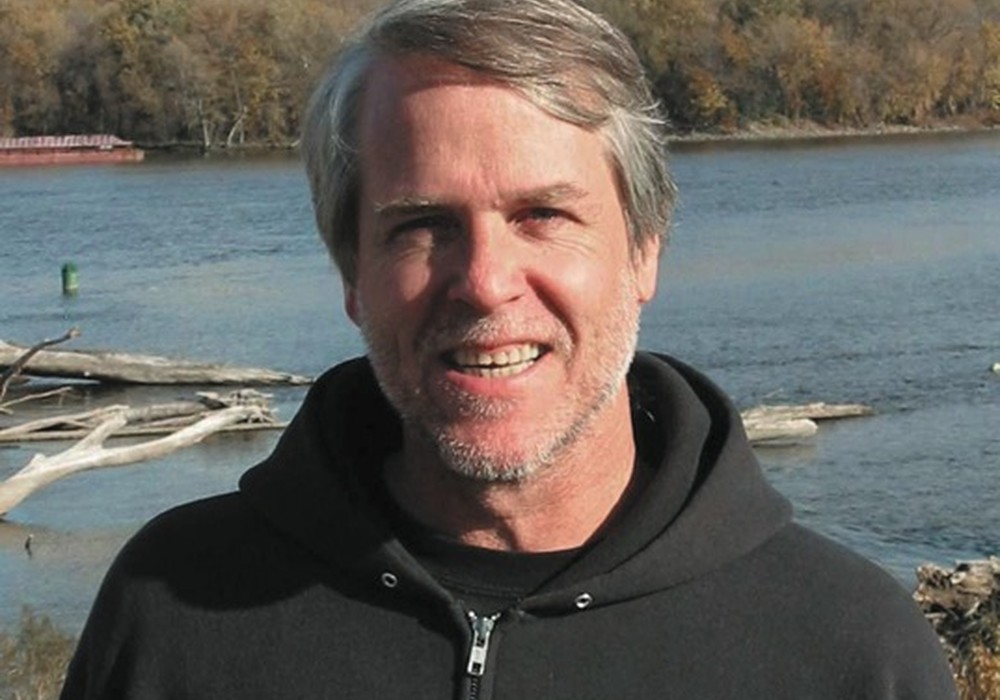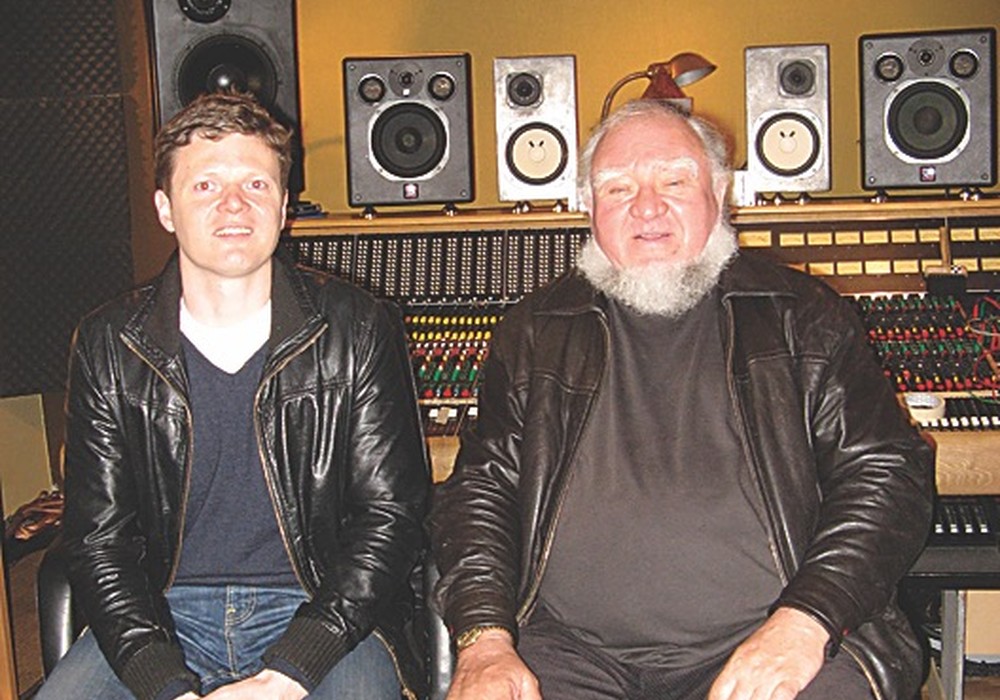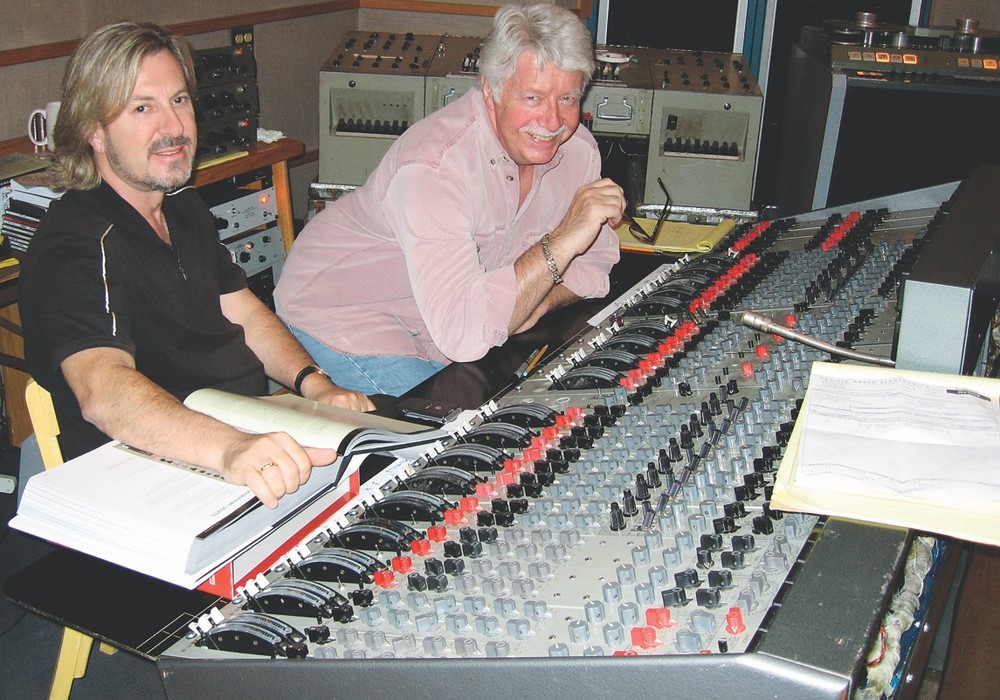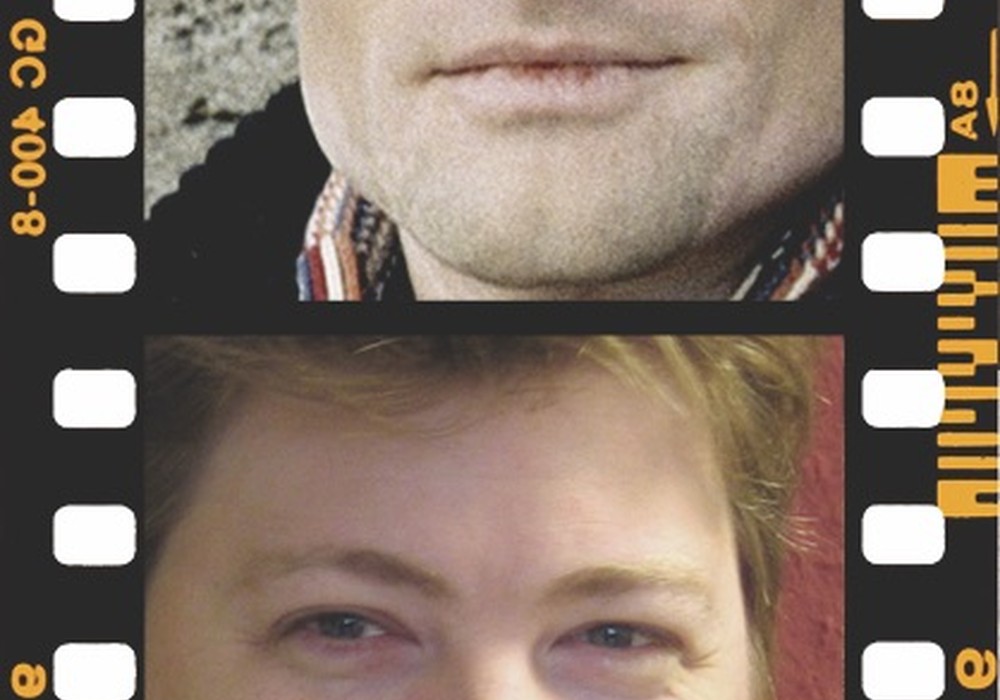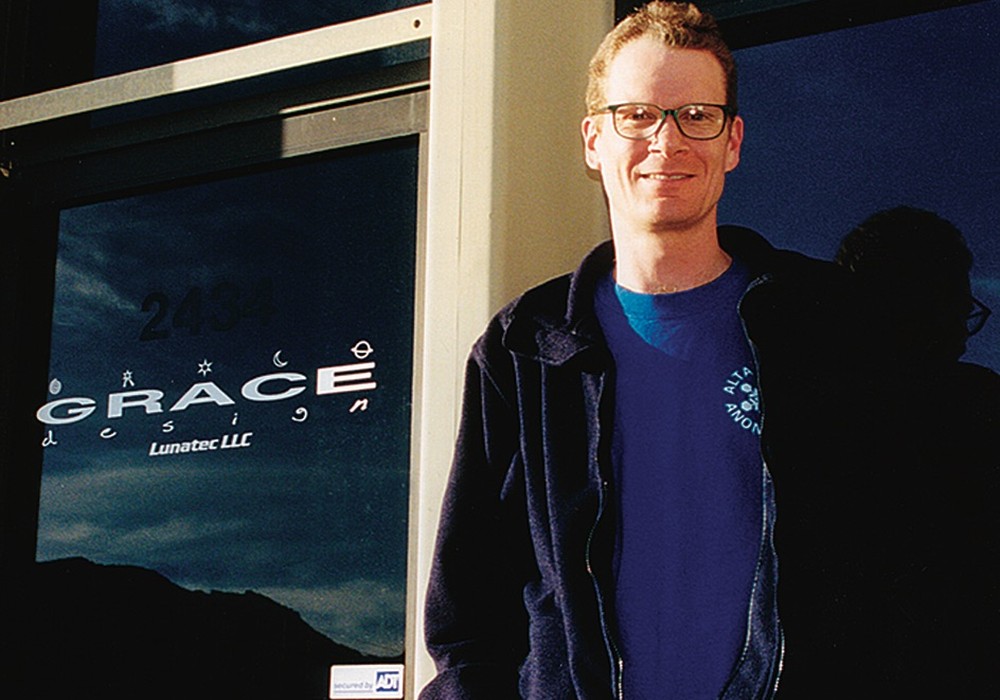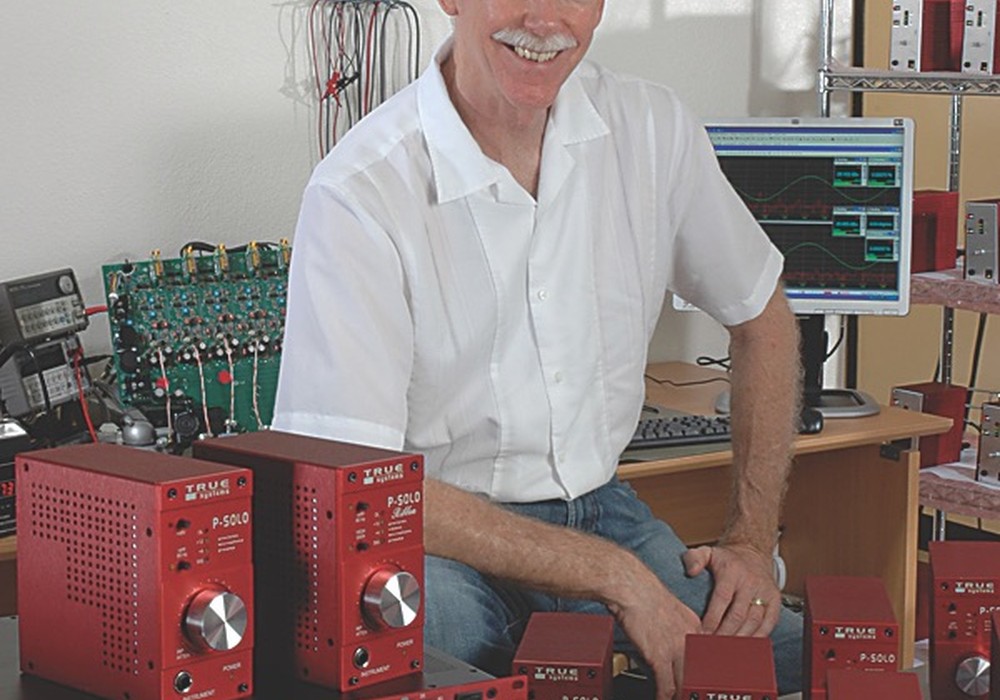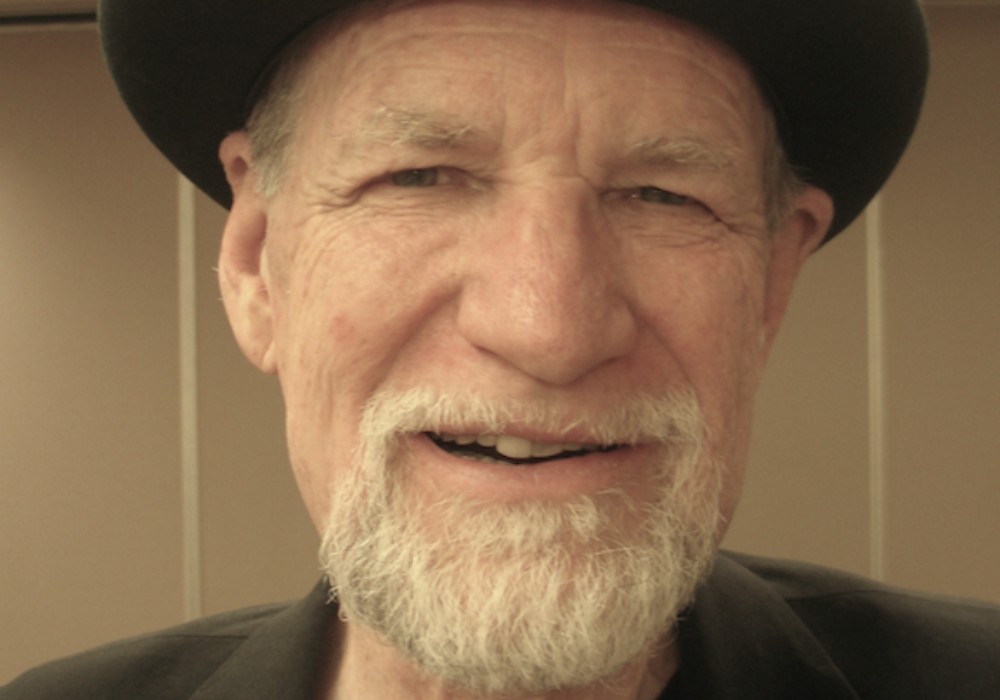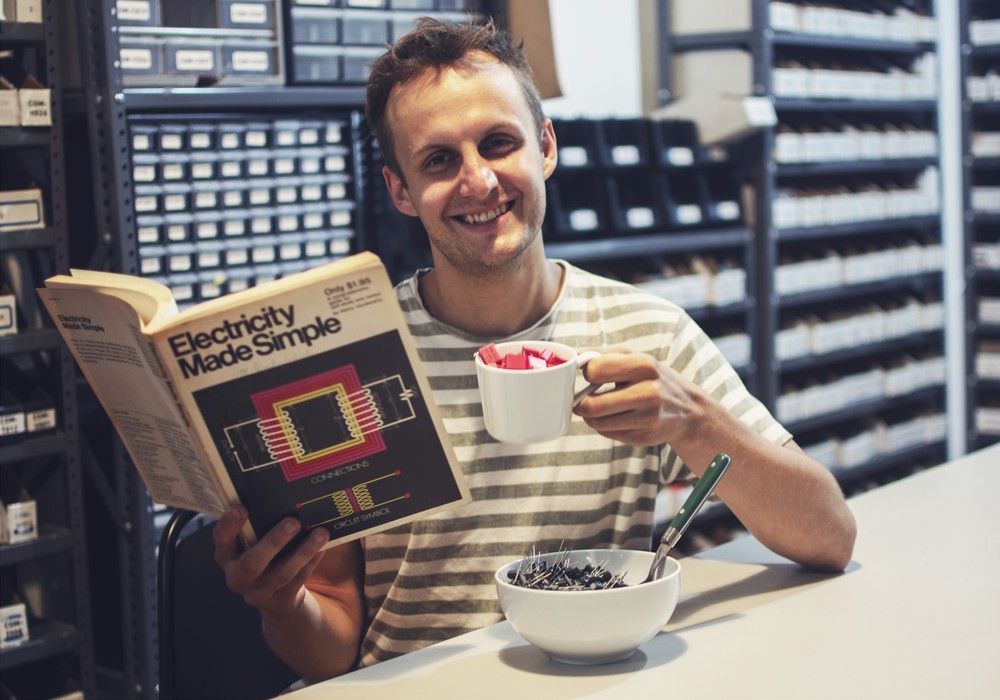David Hill is the owner and designer behind the company, as well as the owner of a recording studio with a lot of customized components, not surprisingly. Compressors, preamps, digital converters, tape machine components — David Hill has had a hand in designing gear that is fast becoming legendary in the pro audio industry.
Where did you get the name Crane Song?
It originates from when I was working on industrial film, a documentary.
How'd you get started in gear design?
I started when I was very young. I think it was around first grade or even younger. A kid that lived next door was messing with radios so I started messing with them as well. I messed around with radios, analog synthesizers, and then I started working in local music stores fixing everything — Moogs, Wurlitzers, Marshalls, Fender amps. Some friends started a studio, so I got involved with that fixing things at first. They had bought an Ampex MM1000, a 1" 8-track machine, and asked me if I wanted to become an owner to help pay for it. Eventually I ended up owning the whole studio. I also did Summit Audio, doing designs up until 1994.
Are you self-taught or academically trained?
Self-taught. I did live sound for a rock band, went on tour to Florida, came back and enrolled in a tech school for an electronics degree, a piece of paper.One spring, before I even graduated, one of the instructors left and I applied for the job. I taught there for eight — and-a-half years. My involvement in Summit ended and a year-and-a-half later my first product, a compressor, came out in 1995-1996.
What kind of converters do you use in your A/D converters?
Crystal Semiconductor parts, which I feel are more musical sounding.
And you create the analog stage and interface?
Yes, as well as the DSP [digital signal processing] and the components that help bridge the analog and digital worlds. All the pieces I design are constantly being used/refined in my studio. Gear design is a big use for my studio. Designing a piece of equipment is a bit like doing a mix. You get it basically up and working and then tweak it to make it sound like you really want it to. I've been known to change out parts in the middle of a session.
It sounds like your studio is a combination laboratory and QA station.
Yes, there are definite advantages for a gear designer to have a recording studio. I designed the control room myself. I did a lot of research and I've had the advantage of being in a booth next to people from Walters-Storyk at AES, and they've been very helpful. It's the third control room I've built and it's a really good-sounding control room. Things translate very well. It was also years of work to get it so everything did work well.
What kind of recording projects do you tend to get?
Right before AES I was mastering some rock 'n' roll that was recorded here. I just finished working on a project with a Finnish musician. Next week I've got a Norwegian thing that's got to be done soon for a grant. I recently did a project with a producer, Scott Matthews, and an engineer, Tom Lukens, from Mill Valley [SF Bay Area] where they flew out and stayed here for the duration of the project. It was for a band called Almost 7, which I played second engineer on and mastered. I've got three choir projects that I have to record, edit, master and be ready to duplicate soon. So I'm tending to be on the busy side.
Okay, here's a digital question: What is dither and why do we need it?
Dither is a noise, like pink noise. It's a big enough deal now where gear designers can buy someone else's dither for a lot of money. Dither randomly moves around the least significant bits, so instead of being just truncated, or cut off, (example: when you go from 24 to 16 bits), it provides randomness there. It depends on the material, and how it relates to the sampling frequencies. If your frequencies are submultiples of the sampling frequency, or close to that, the dither is a lot more important. When audio is truncated, you get distortion, which dither helps to randomize and minimize. One of the things about Nyquist's sampling theory is...
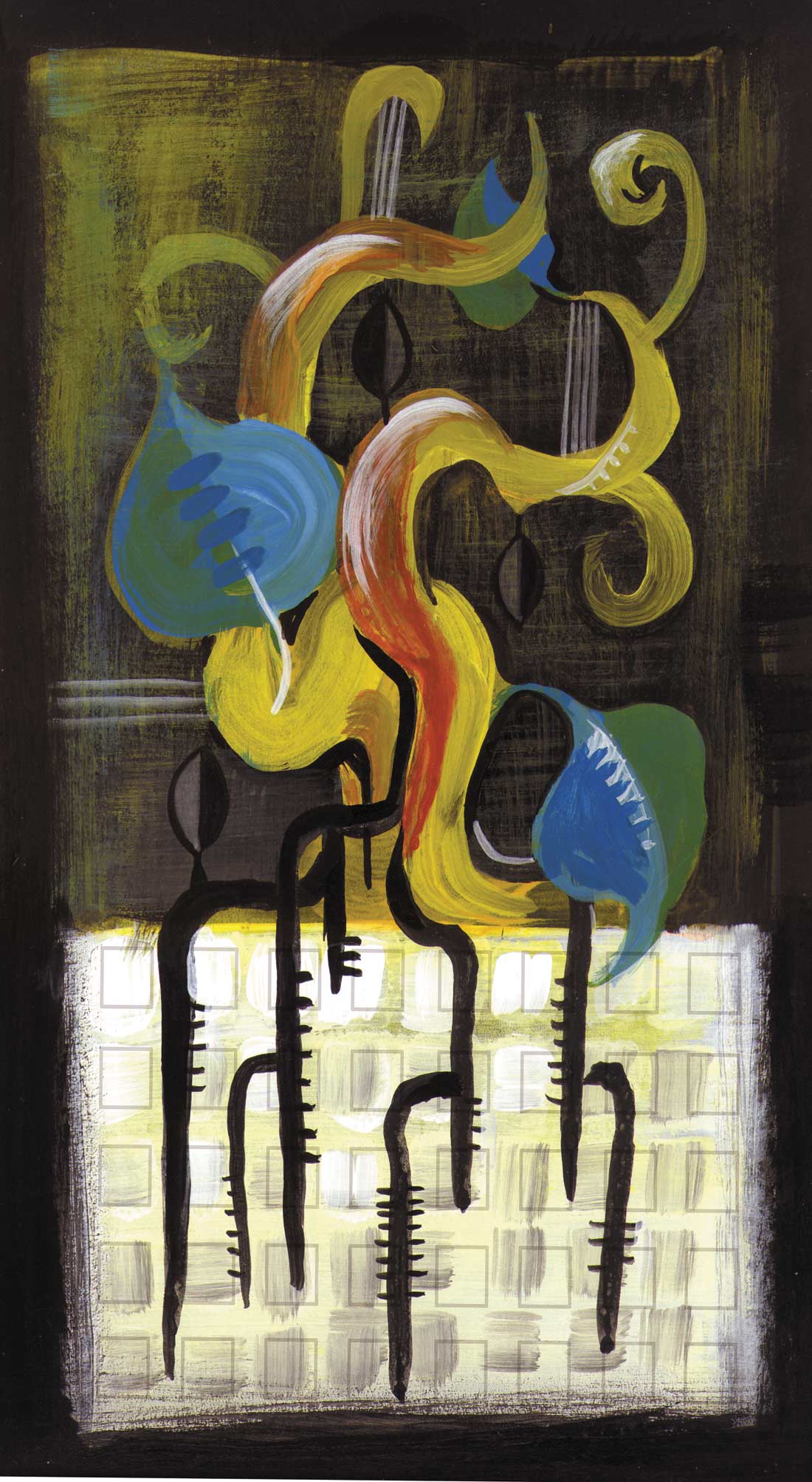





_disp_horizontal_bw.jpg)
